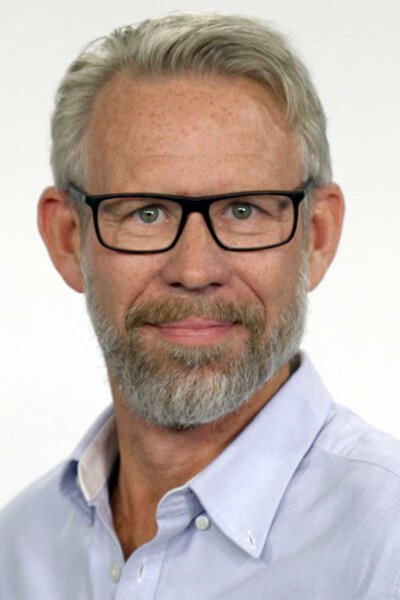Socioeconomic risk factors for tuberculosis
Knut Lönnroth’s main line of research is the socioeconomic risk factors for tuberculosis and how the health services, especially in low and middle-income countries, can be designed to combat the disease more effectively. At KI, migration and health will also be an important theme of his research.

Knut Lönnroth, Professor of Social Medicine at the Department of Public Health Sciences
Every year some ten million people around the world contract tuberculosis, 1.5 million of them fatally. If the spread of this disease is to be contained and the care given made more efficient, further work needs to be done on the links between the disease and its socioeconomic factors.
“We know that tuberculosis is a typical poverty-related disease,” says Professor Lönnroth. “But we also need to understand why this is so, otherwise it will be hard to devise effective measures. This would also give us a better general picture of the strong link between poverty and health.”
As a researcher at the WHO for the past 13 years, Professor Lönnroth has taken a particular interest in how the care services can best work with other sectors of society to prevent tuberculosis and help limit its social and economic ramifications.
“One thing we’ve been able to show is that, globally speaking, the average personal cost of contracting TB is equivalent to half an annual income – in spite of the fact that diagnosis, drugs and treatments are often free of charge,” he says. “Treatment takes a long time, travel costs can be considerable, and many of those who fall ill lose their jobs even if they are still completely, or partly capable of doing them. And few people have access to compensation for loss of income.”
At KI, Professor Lönnroth continues his work on tuberculosis, and is studying how the Swedish policy for TB screening works in practice. He also intends to broaden his research to questions about the healthcare needs of asylum-seekers in Sweden and what it means to the Swedish health services.
“This is a highly topical question that we need to investigate much more,” he says.
Text: Anders Nilsson, first published in the booklet From Cell to Society 2016
